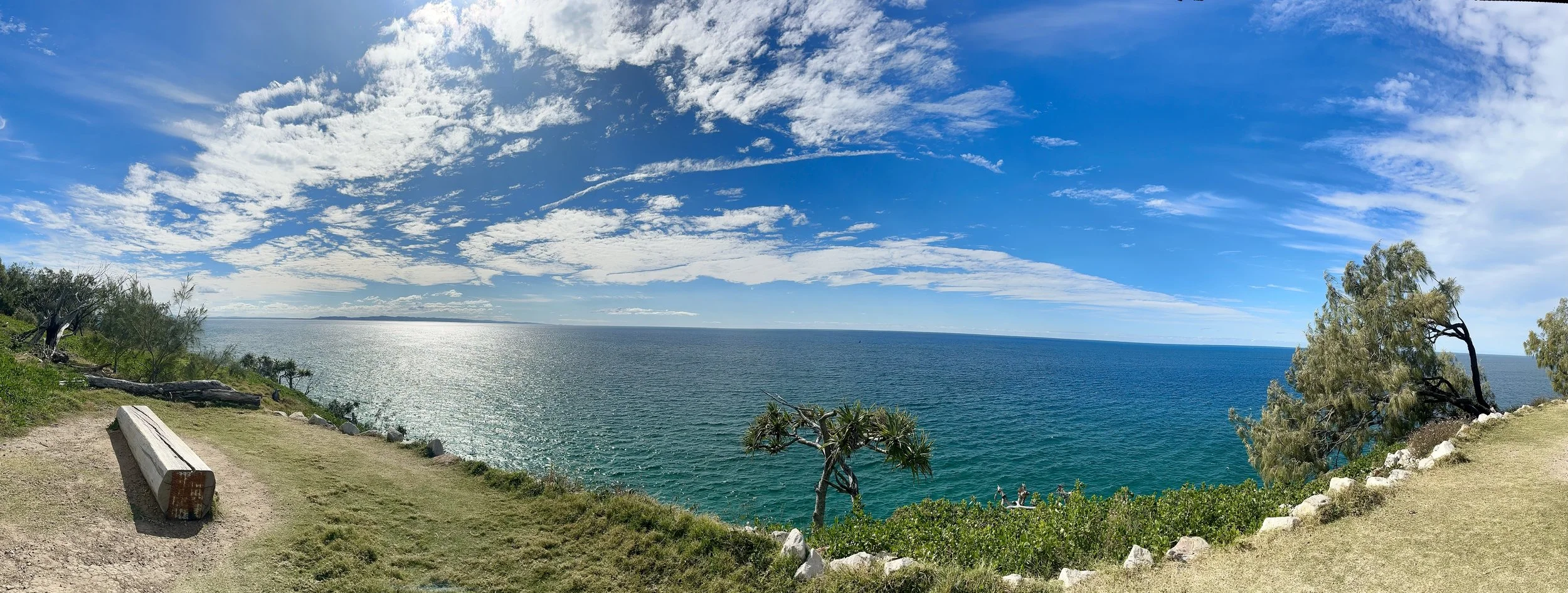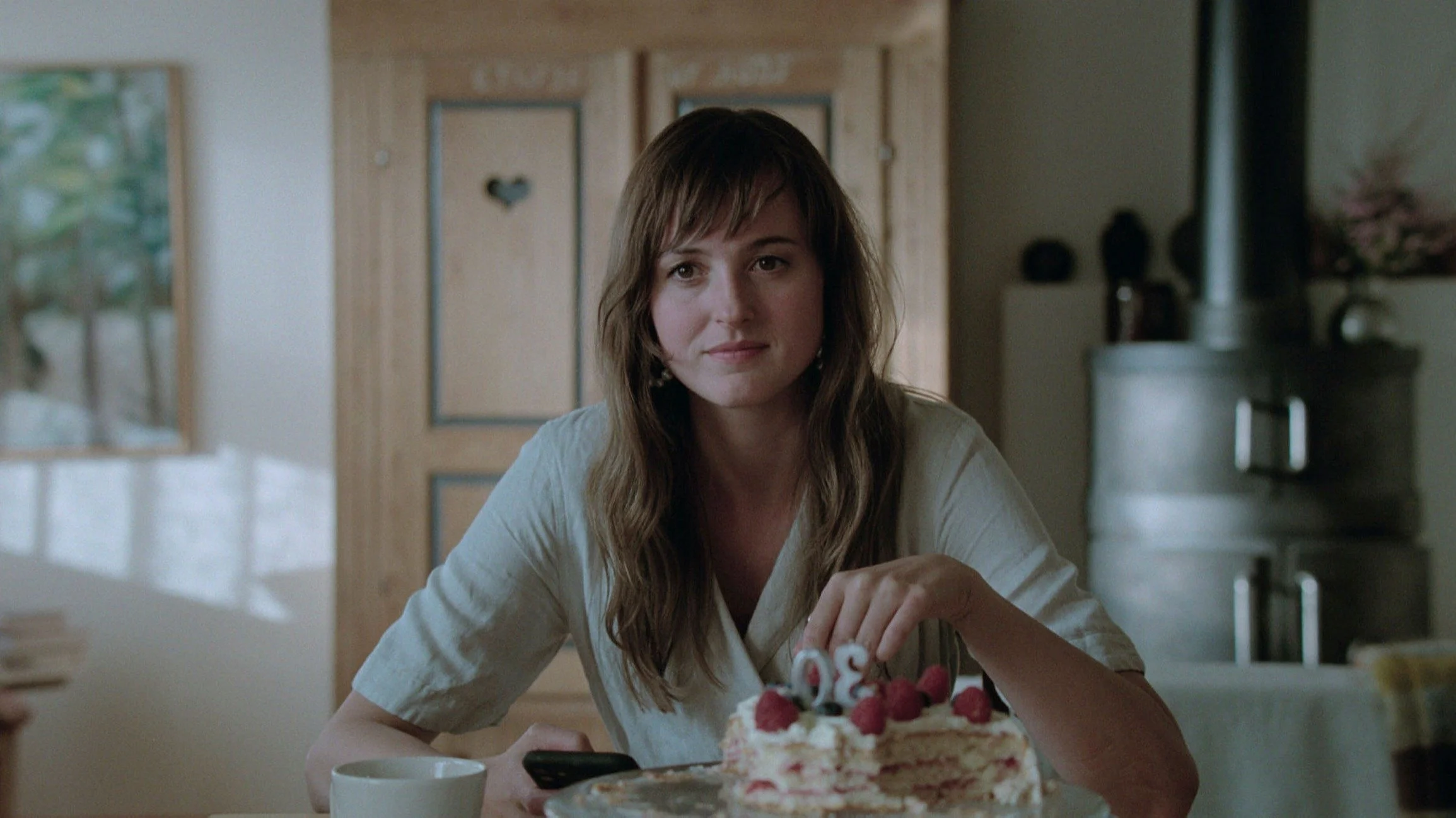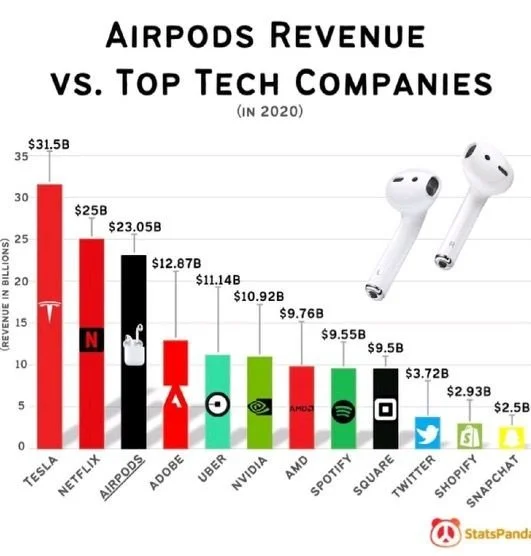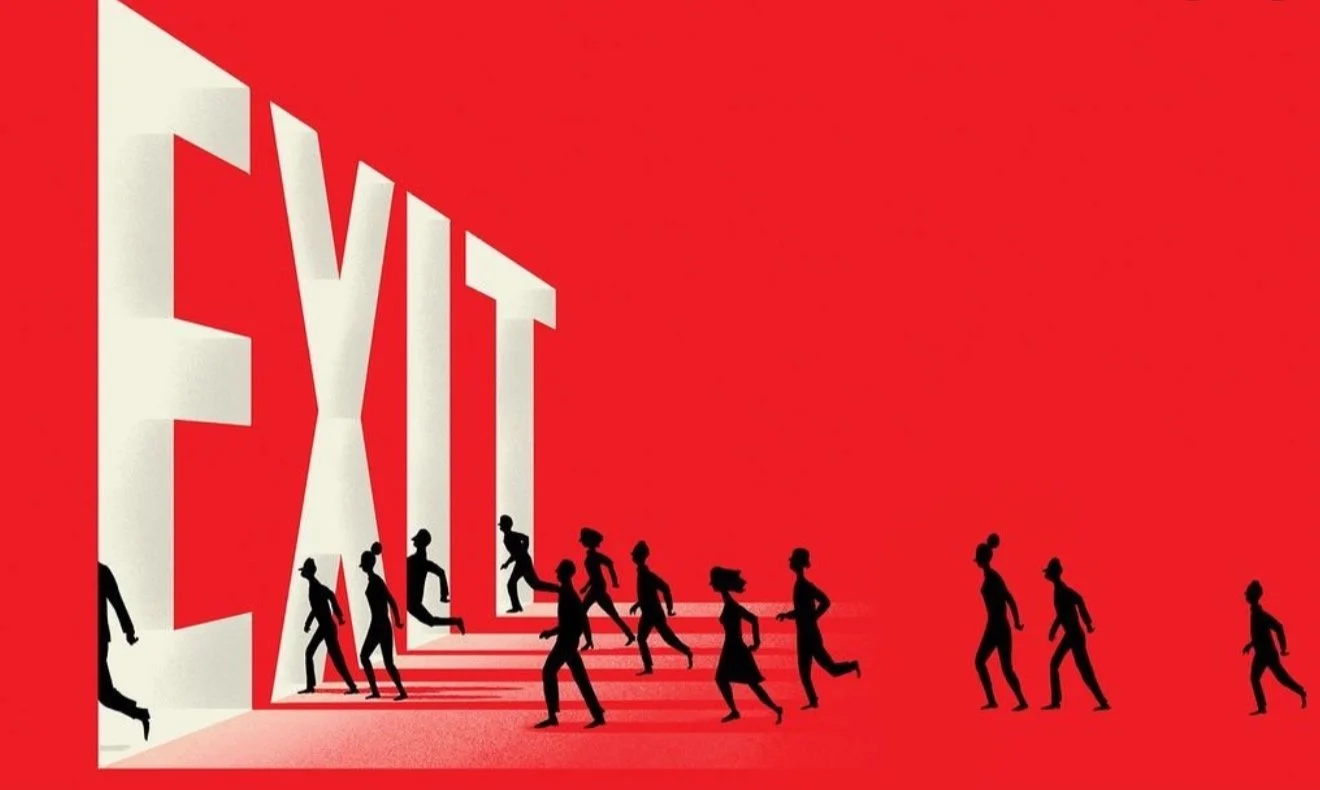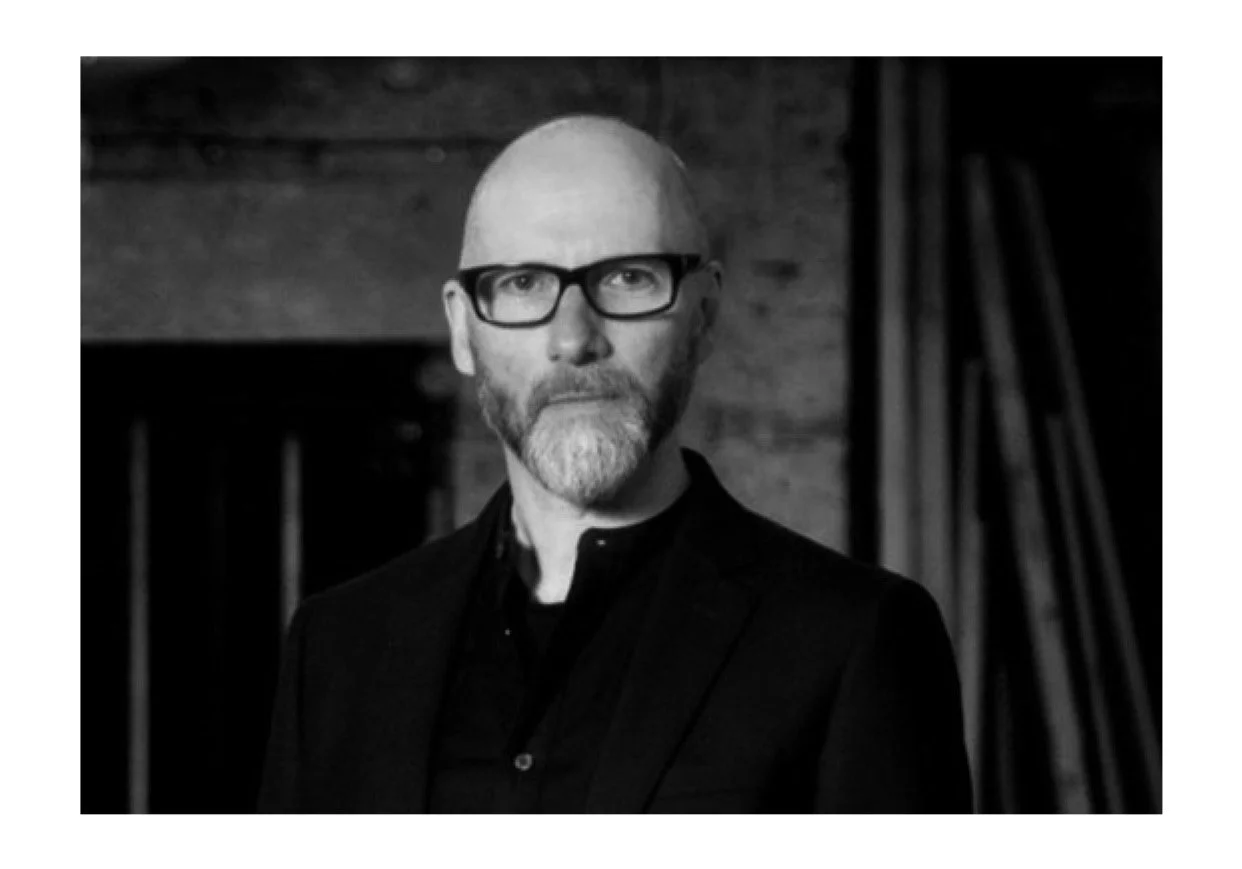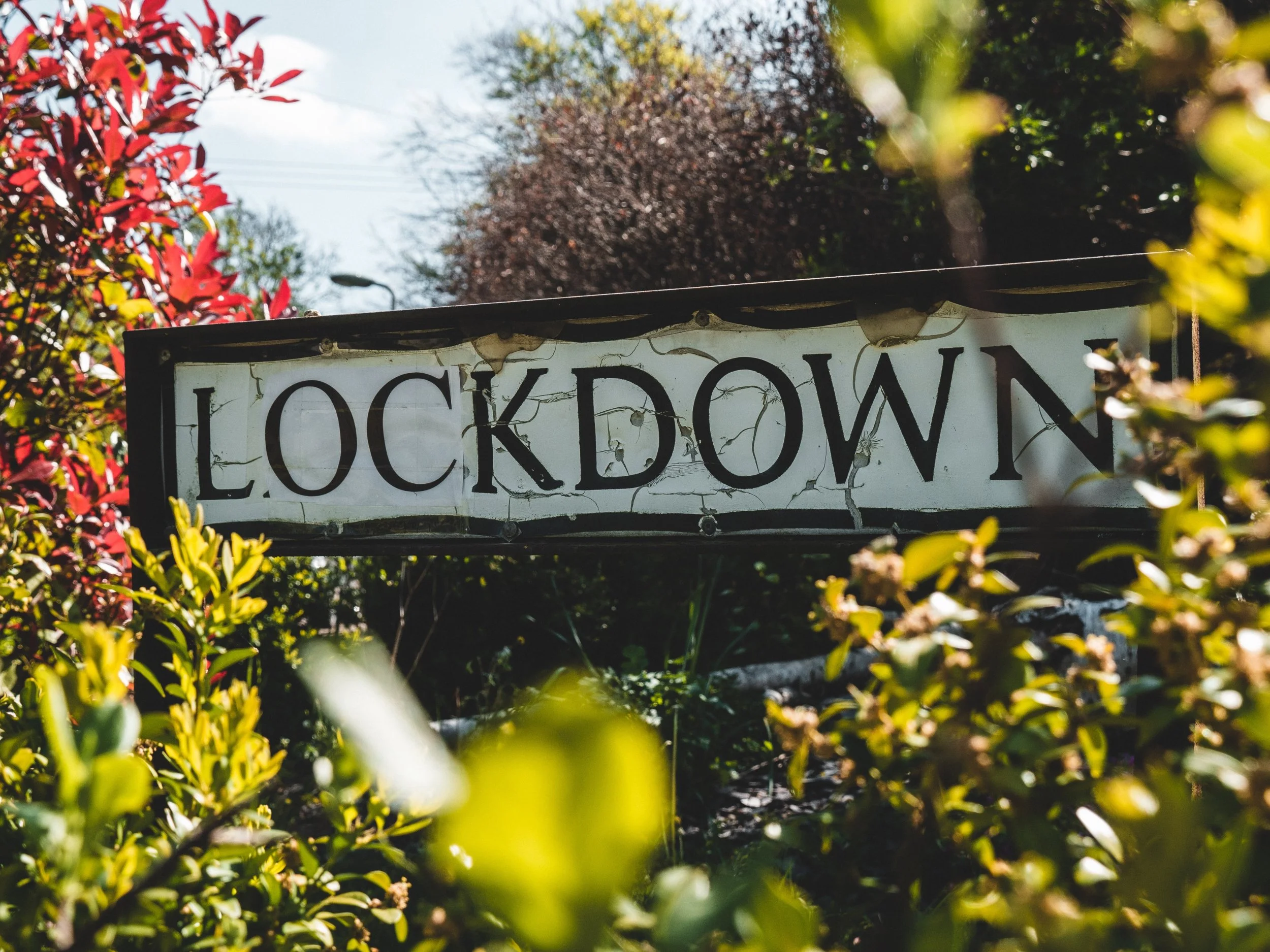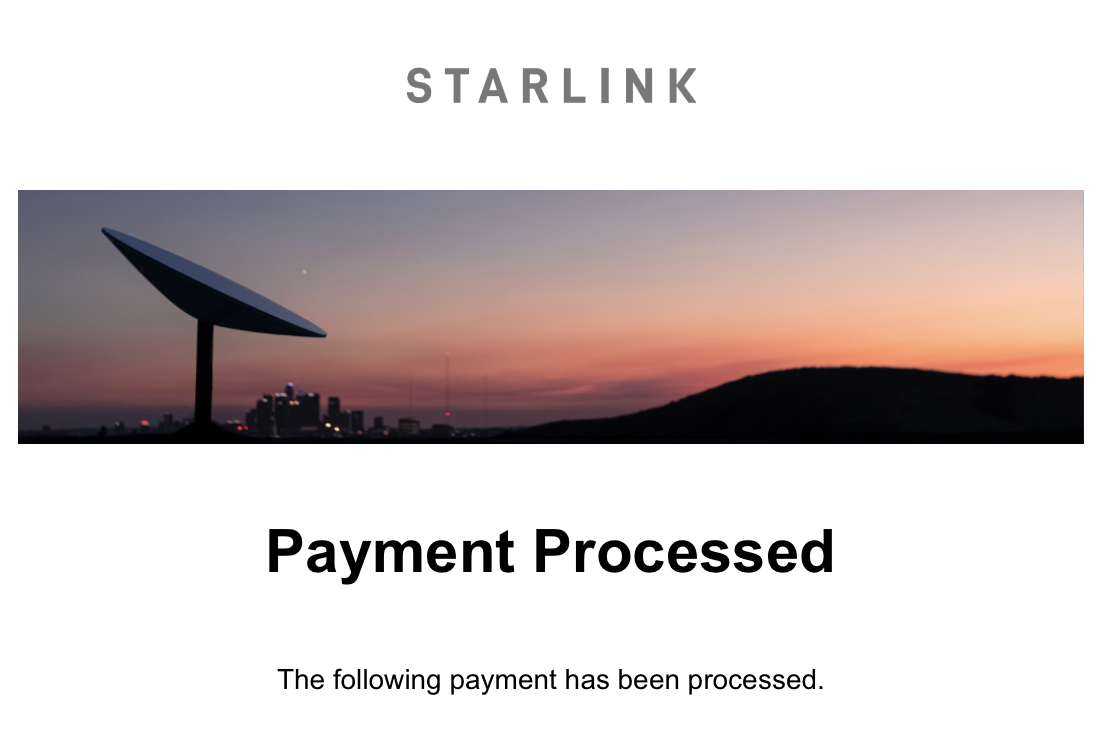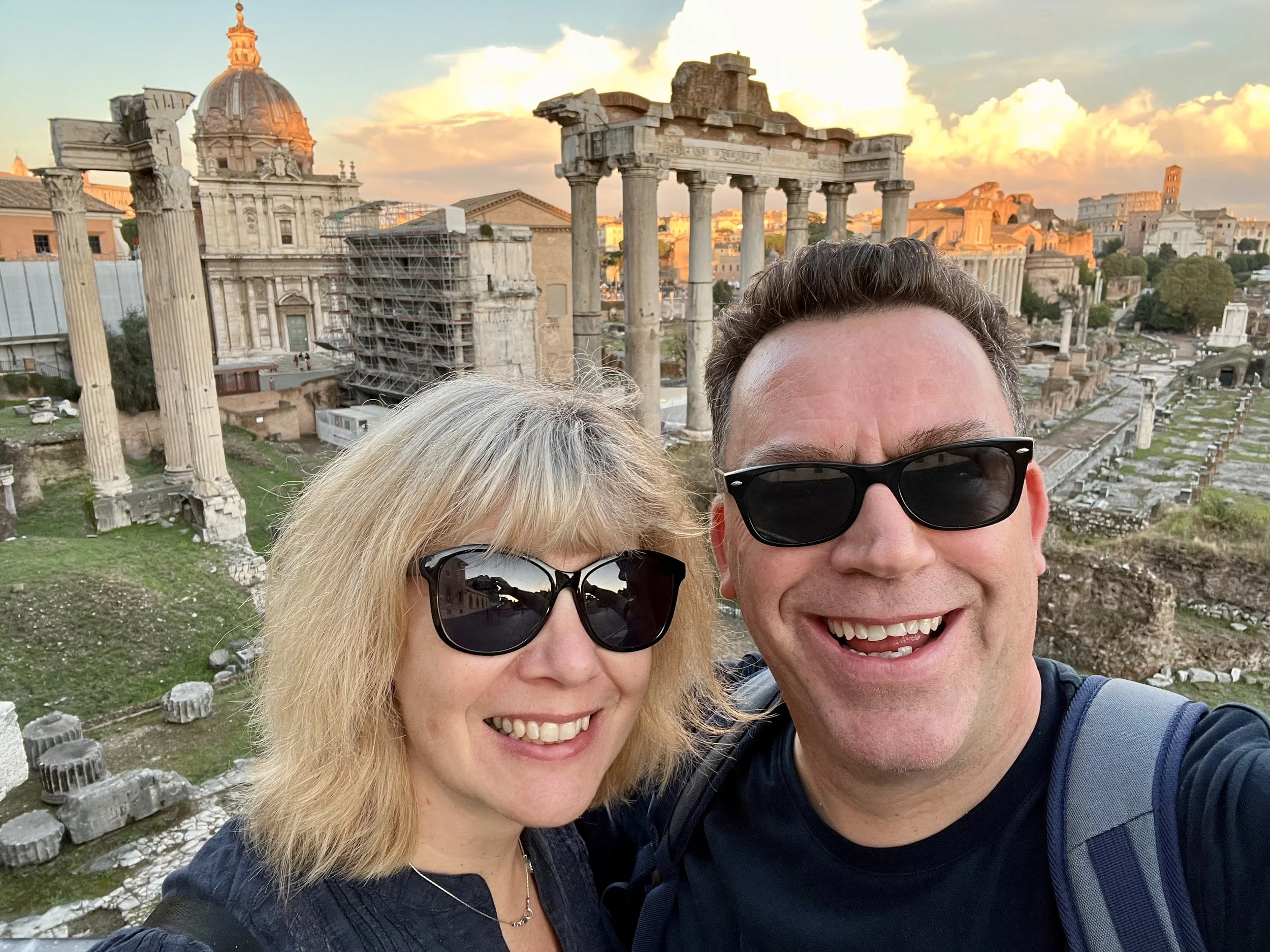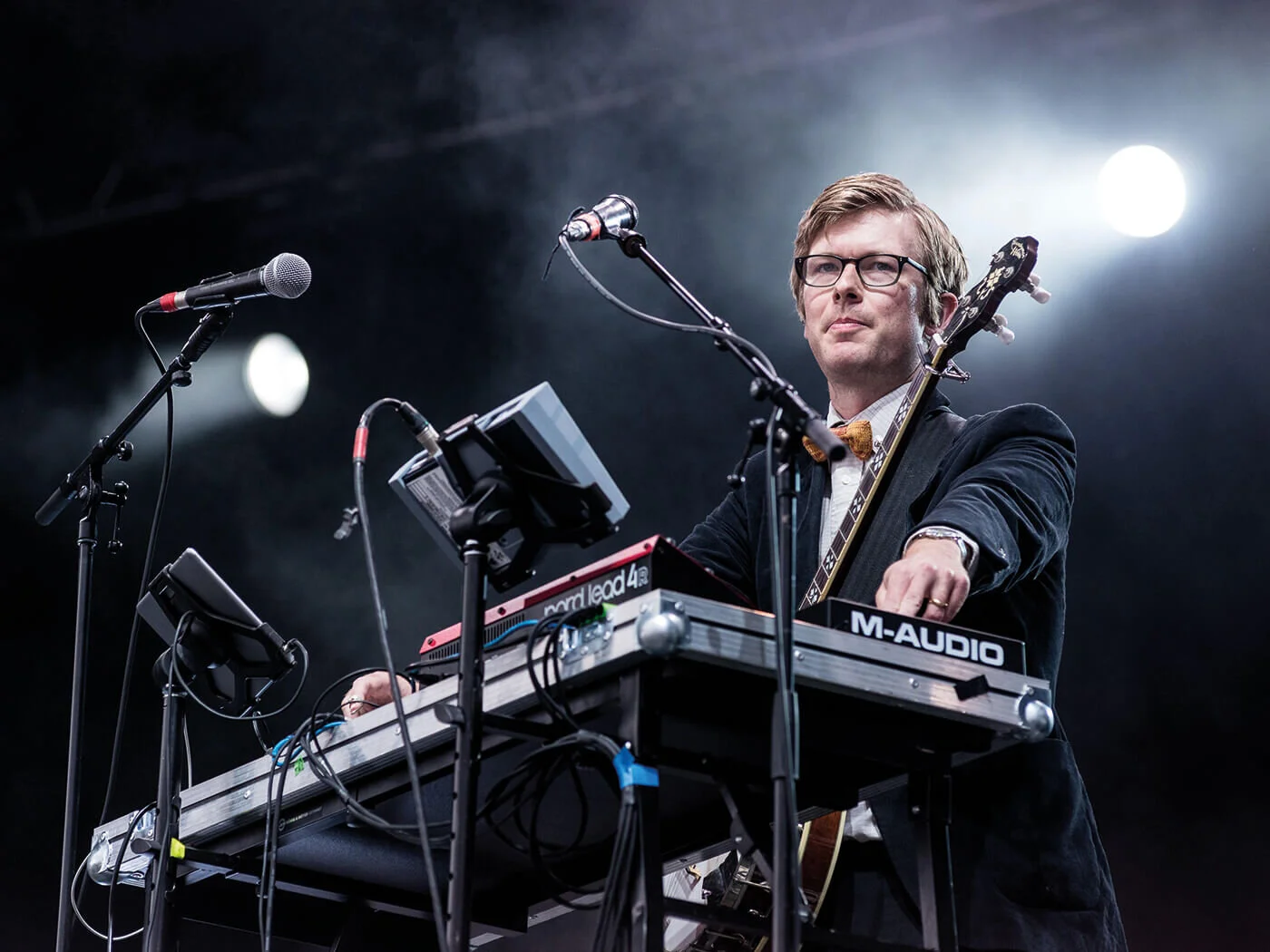This week Deloitte told its 20,000 UK employees “they can work from home forever”. It’s a bold move. For many employees, Deloitte’s decision is the announcement they have craved since the start of Lockdown in March 2020. A guaranteed commute of merely ten steps from bed to bathroom to virtual office, with all the environmental, well-being and work-life balance benefits that offers is now assured. It seems Deloitte’s HR departments have bent over backwards to seize the zeitgeist and sound as uber-flexible as possible in their policy response. Surely, this means the Office is dead and the pandemic has ushered in a working revolution that will reshape our lives for years to come?
Perhaps not.
There are five key reasons why the Office isn’t dead yet.
1. Offices are a Company’s greatest expression of shared culture
It’s not often included as one of humanity’s greatest achievements, but the office deserves its place amongst them. Historians can have their Roman Empire, the Pyramids at Giza, and the Constitution of the United States. Scientists can have their sequenced DNA, the discovery of Penicillin, Moon landing space-rockets and expedited vaccines. Engineers can swoon at The Hoover Dam, or the Great Wall of China, or the new Shrewsbury bypass, but for the world of Business, the modern Office encompasses the zenith of management achievement in the past two hundred years. Unlike the Lunar Module, Blockbuster Videos, or Florence Nightingale’s lamp, the office is not bound for the Museum.
Perhaps the single best expression of a company culture and how it values its people’s collective energies, is the workplace it provides. From Sir Titus Salt in Saltaire, Yorkshire in 1854 (providing decent homes as part of a textile workers’ village) to Apple in late 2021 moving its new London campus to the restored Battersea Power Station, where people have worked together has really mattered. Our Offices also define something of who we are, socially, professionally, organisationally. Lucy Kellaway recently wrote a love letter to the office in the FT. “The office helps keep us sane,” she wrote. “First, it imposes routine, without which most of us fall to pieces. Even better, it creates a barrier between work and home. On arrival we escape the chaos (or monotony) of our hearths; better still, we escape from our usual selves.” Great modern offices, at their best, are designed with a level of architectural, creative, artistic, and sociological intent that is founded on profound learning. Developers and designers have crafted extraordinary spaces for serendipity, collaboration, openness, transparency, democracy, hierarchy, status, drama, and theatre. If you spend some time in a great office, like Apple's Cupertino office, LinkedIn's Sunnyvale, or the very best appointed offices in London of UBS, Deutsche, Clifford Chance, Barclays, McKinsey, Rio Tinto or BP and you cannot help be inspired, awed and energised to give more of yourself for the organisation that gifted you that working environment and that proximity to a tangible sense of the organisation itself. No at home minimalist Zoom set-up (even the cool garden Cabin office) can compete with something designed with the vision and for imagination of an accomplished interior Architect. If your organisation does not have a great modern Office for its people, it speaks volumes are about your firms ambition, values and strategy.
2. Deloitte needs to compete to hire ambitious talent
While many have cheered the announcement, I feel for the employees of Deloitte - particularly its new Partners who have shifted some 10,000 billable hours and more to be (at last!) allocated a dedicated enclosed 1000 square feet of real-estate as the signature achievement of their Auditing career. And now, they face the prospect of gazing out through frosted glass on a deserted vacuous open-plan floor and having to click on Teams to be able talk to someone, at home. Deloitte are, of course, keen to be seen as an enlightened and progressive employer, enabling a more mature, flexible relationship with its staff. The recruitment brochure is being re-drafted. “Yes, you can still join Deloitte this summer as a Graduate Trainee, never attend the office, wear your pyjama bottoms and a crisp shirt on Zoom, and ten years from now, you could be advising the CEOs of Fortune 500 companied on their new strategy.” Unfortunately, the small print does not mention that the downside of remote is that your best friend at work is more likely to be a cat, or goldfish, and your social network will remain limited to some people you met a decade before at University.
The reality is that big firms, want to hire young talented people who want to get on and move up and get noticed in fast-moving collaborative teams. They aren't going to get noticed, or feel noticed, waving at those in the office, from the comfort of their loft-based Zoom set-ups. Being "in" not out, will draw like a magnet. FOMO is a powerful draw. And younger people have a more primal desire for proximity to colleagues that has nothing to do with career management and everything to do with feeling part of something, celebrating amongst a tribe, or maybe, even looking for someone to love.
3. Big Tech (and some Banks) have a different view
Deloitte competes for talent not just with other services firms, but also with Big Tech and Banks. While “big tech” has facilitated the vital online connectivity that has made remote work, these firms also get the need to have the collaboration and serendipity and cultural glue that creates good products. Google is currently finishing its Kings Cross Campus – a “land-scraper” which lies longer than the height of London’s Shard in the heart of a £3 billion inner-city regeneration project. Google have also just taken an extra 70,000 square foot of space close to the new HQ and are planning for an 80 per cent staff return to the office by September. The Big Tech companies are the most avaricious and competitive marketplaces for talent since the ‘bulge-bracket’ investment banks. But back in the Banking world, the penny has already dropped. While Deloitte have headed for the suburbs, Jamie Dimon, head of the biggest bank in the US said this about homeworking: “It doesn’t work for those who want to hustle. It doesn’t work for spontaneous idea generation. It doesn’t work for culture.” Morgan Stanley chief executive James Gorman, aghast at the booming dining scene in New York said; "If you can go into a restaurant in New York City, you can come into the office”. Tim Cook of Apple has written (though rather clumsily) and instructed his staff to get off the sofa, back into the designer sneakers and head back to the extraordinary HQ that Steve designed and which cost $5 Billion dollars to complete.
4. Developers and investors have gone long on the Office
The zeitgeist might be felt to be remote, but the serious money is still being wagered on the Office. In London today there is 250 million square feet of office space. The equivalent of 5,500 football pitches of floor space. Anyone who has ventured into central London, particularly the City and West End during Lockdown, cannot help to have noticed two contradictory things; the lack of people commuting to work and the sheer scale of construction, refurbishment, and development of…new offices. Even Canary Wharf, which itself is over 16 million square feet of space, has ‘strategically pivoted’ to building more housing; though typically these are skyscraper-like luxury apartments, which allow its well-paid residents to be able to walk to work, live well and socialise without ever leaving Canary Wharf. Outside of the City and Canary Wharf, Statista report that in the West End development is expected to reach an additional 9 million square feet by 2024. These developers seem confident in their plans, the global banks seem committed to writing the loans and the City planners are finalising Cross Rail testing to bring the millions more back into London, faster than ever, from further and further afield.
5. Demographic trends trump Sunday Supplement idylls
Much of the broad sheet, Sunday Supplement writing community has eulogised on the benefits of homeworking, escaping the City and grasping the idyll of rural isolation. But the middle-aged journalist comfortably hunkering down online from his Suffolk retreat is the exception to the global trend, not the norm. Pre-pandemic the UN predicted that 68% of the world population was projected to live in urban areas by 2050, up from 55% today. In China, Shenzhen, Guangzhou, and Chengdu remain the top three cities for population growth in the past decade, accruing new populations of over 20 million in these extraordinary technology hubs. Global population growth maybe predicated to falter, but its congregation point remains the major cities. Interestingly, the recent projected professional class migration from the major cities in California and New York, seems mainly to be a migration to Cities in other states.
In 2018, I wrote about the “strange death of the office”. Looking back I was perhaps pre-emptively gloomy as many major organisations pivoted to WeWork as the future office base for their people rather than their own personalised collaborative offices. As brilliantly documented by others, that experiment has been a disaster both the lease holder, WeWork shareholders and their clients.
The writer Simon Sinek wrote memorable: “Corporate culture matters. How management chooses to treat its people impacts everything - for better or for worse.” The single best embodiment and forum for that culture, remains the office.

